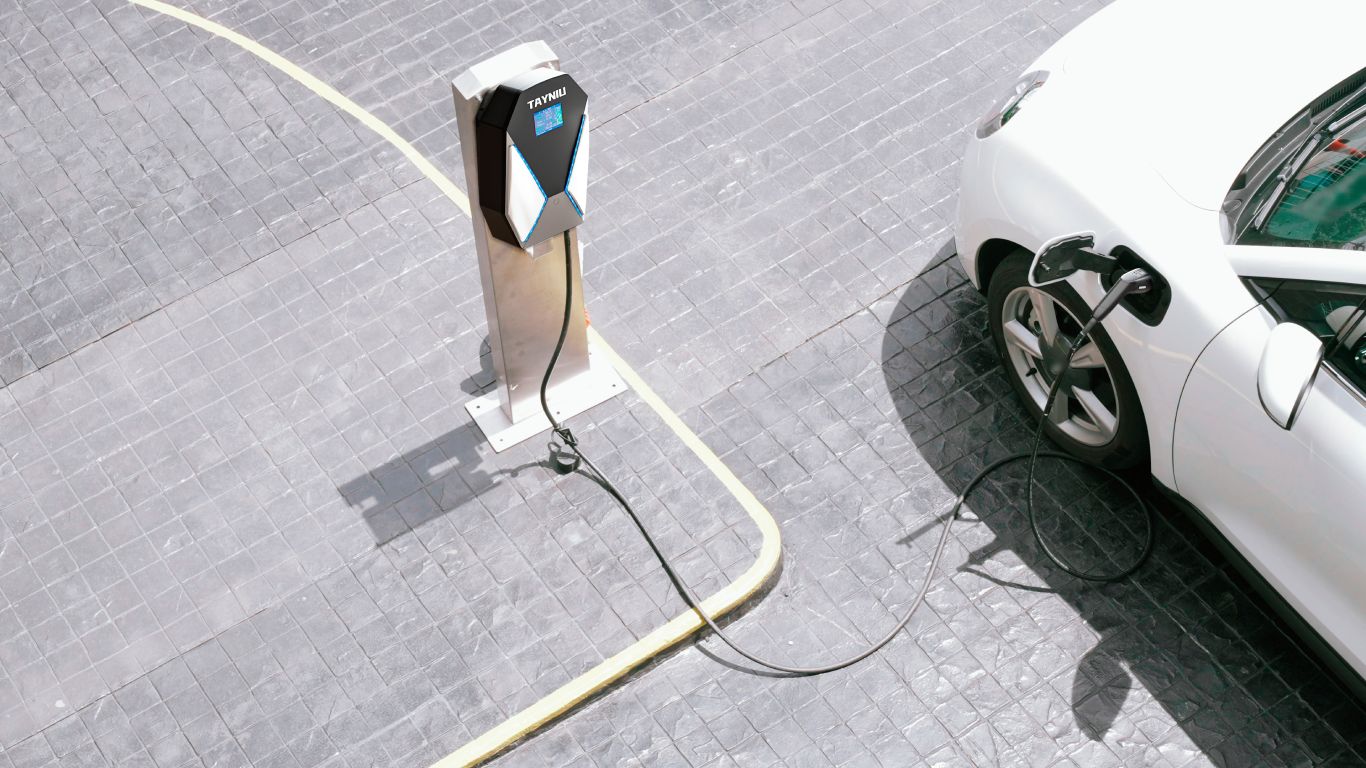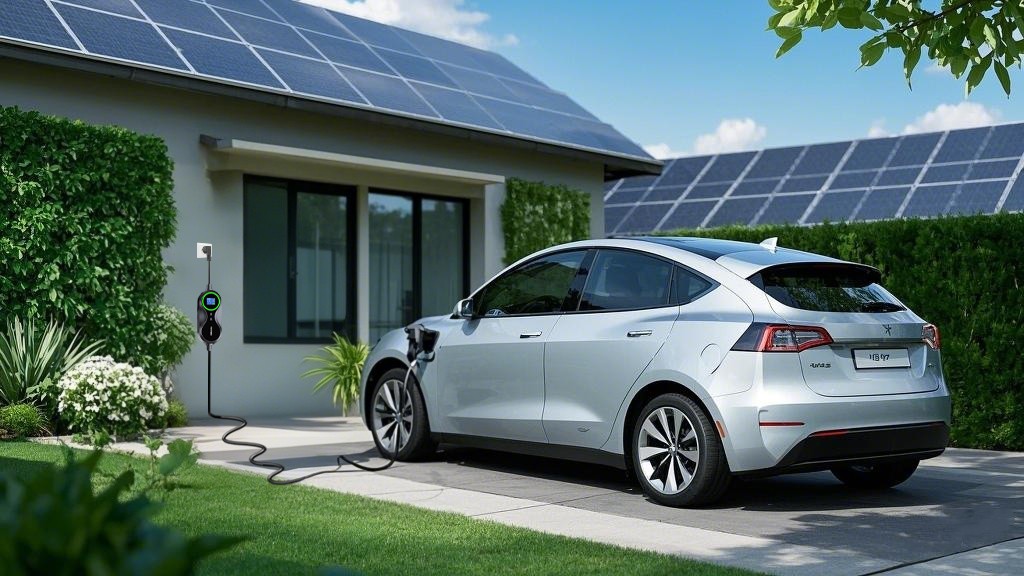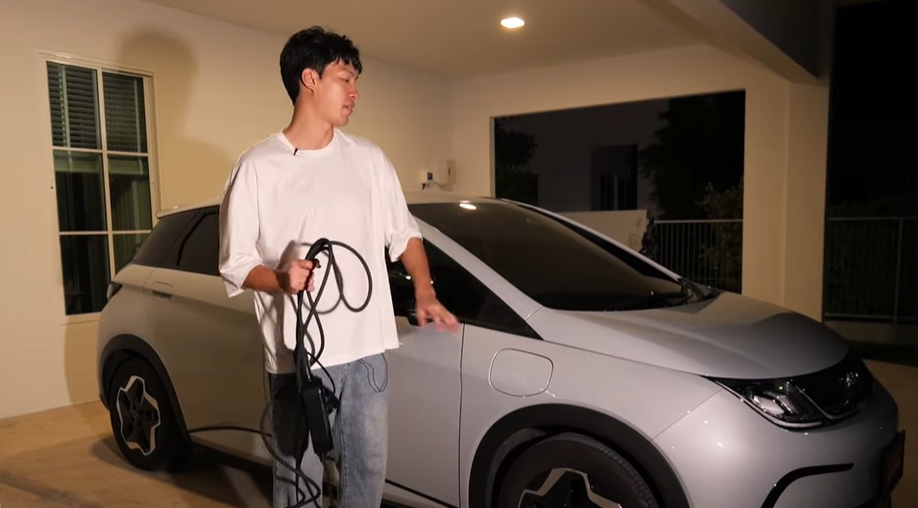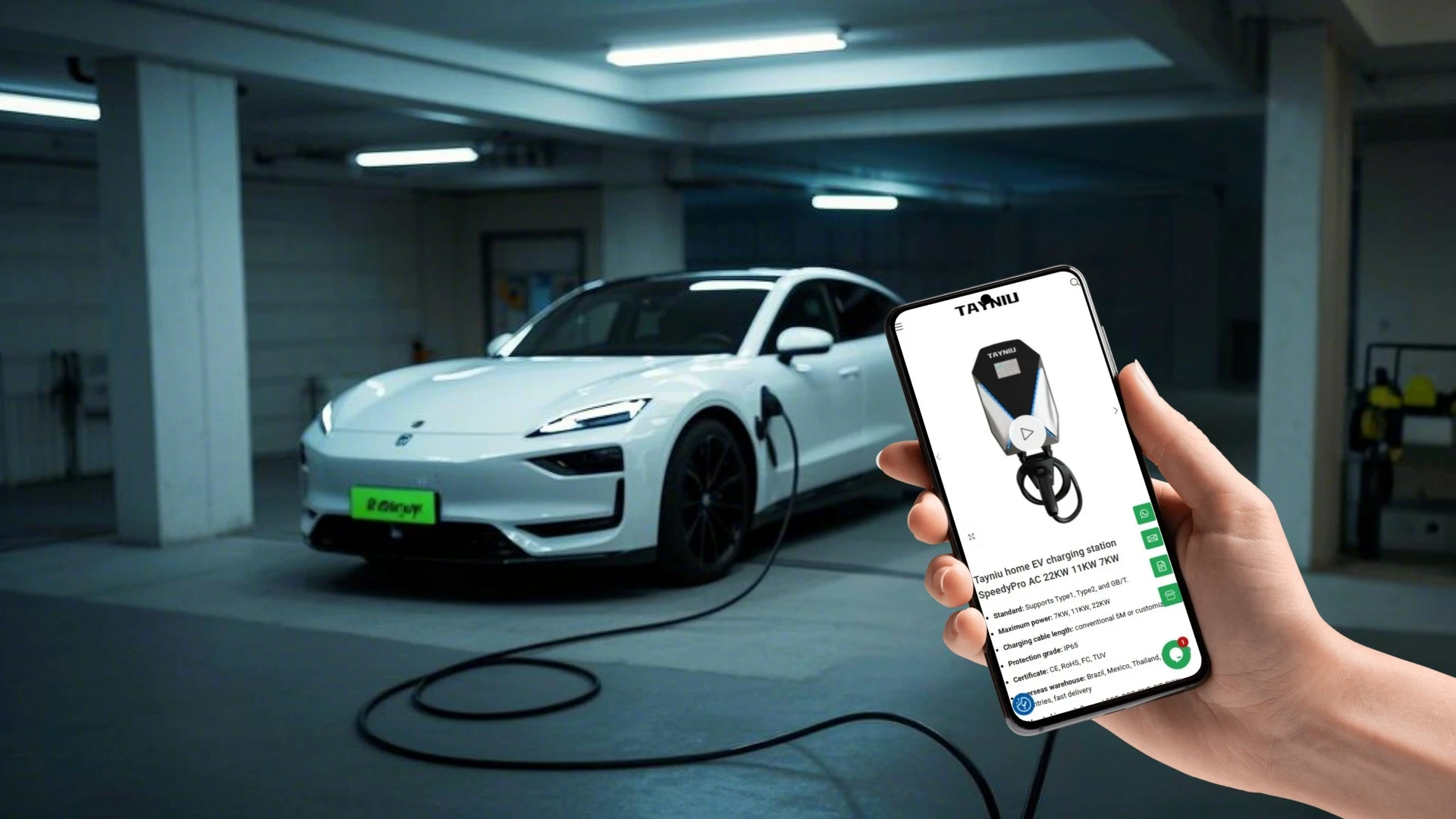How to Choose the Best Level 2 EV Charging Station
The electric vehicle (EV) revolution is in full swing, and owning an EV has never been more rewarding. However, having a reliable and efficient charging solution is essential to make the most of your electric vehicle. While Level 1 chargers with most EVs are convenient for occasional use, upgrading to a Level 2 EV charging station offers faster charging times and greater convenience. In this guide, we’ll explore how to choose the best Level 2 EV charging station for your needs, ensuring you make a smart and informed decision.
What Is a Level 2 EV Charging Station?
A Level 2 EV charging station is a charging solution that uses a 240-volt outlet, similar to the power supply for large appliances like dryers. Compared to the slower Level 1 chargers, which rely on standard 120-volt outlets, Level 2 chargers can replenish your EV’s battery up to five times faster. This makes them ideal for daily use, especially if you have a longer commute or multiple EVs in your household.
Investing in a Level 2 charger is not just about speed. It’s about convenience, efficiency, and being ready for the future of transportation. But how do you decide which one to buy? Let’s break it down.

Key Factors to Consider When Choosing a Level 2 EV Charging Station
When shopping for a Level 2 EV charging station, keep these factors in mind to find the perfect match for your needs:
1. Charging Speed: Why It Matters
The primary reason to upgrade to a Level 2 charger is faster charging. However, not all chargers are created equal. Look for a charger with a power output that matches your EV’s onboard charger capacity. Most Level 2 chargers offer power ratings between 7 kW and 11 kW, allowing you to add approximately 30-40 miles of range per hour of charging. Choosing a compatible charger can significantly reduce your wait time if your EV supports higher charging speeds.
2. Compatibility with Your Vehicle
Most EVs in North America use the J1772 connector, the standard for Level 2 chargers. However, Tesla owners should ensure the charger is compatible with the Tesla adapter. If you’re in Europe, Type 2 connectors are the norm. To future-proof your investment, choose an efficient and safe charger that works seamlessly with your current and future EV models.
3. Smart Features for Modern Convenience
Modern Level 2 EV charging stations often have smart features like Wi-Fi connectivity, app control, and tracking energy usage. These features not only provide convenience but also help optimize energy consumption. For instance, scheduling charging during off-peak hours can save you money on electricity bills. Look for chargers that integrate with smart home systems or provide detailed charging analytics.
4. Durability and Weather Resistance
If you install the charger outdoors, ensure it has a high IP (Ingress Protection) rating. An IP65 or higher rating indicates excellent protection against dust and water, making it suitable for all weather conditions. Even for indoor setups, durability matters. Choose a charger made from high-quality materials and backed by a solid warranty.
5. Safety Features You Can’t Ignore
Safety is non-negotiable when it comes to EV charging. A good Level 2 EV charging station should include built-in safety mechanisms such as overvoltage, overcurrent, and short circuit protection. Make sure the charger is certified by trusted organizations like UL or CE.
6. Cost and Rebates to Maximize Savings
A Level 2 charger can range from $500 to$1,500, depending on the features and brand. Installation costs will vary depending on the electrical work required. However, many regions offer government incentives and rebates for EV charger installations. Research available rebates in your area to offset the cost and make the switch even more affordable.
- United States: Buyers can use a federal tax credit of up to $7,500 for eligible EVs under the Inflation Reduction Act. Learn more about the latest policies here
- Canada: The iZEV program offers up to $5,000 for eligible EV purchases. Check details on its status and funding here
- Europe: Countries like Germany provide comprehensive programs, such as 1,000€ charging credits. Discover more here
Comparison Table: Popular Level 2 EV Charging Stations
| Feature | Tayniu SpeedyPro Series | ChargePoint Home Flex | JuiceBox Pro 40 |
|---|---|---|---|
| Power Output (kW) | 7 – 22 | 11.5 | 9.6 |
| Smart Features | Booking for charging | Wi-Fi, Alexa Support | Wi-Fi, App |
| Outdoor Durability (IP Rating) | IP65 | IP44 | IP67 |
Installation and Maintenance Tips
Installing a Level 2 EV charger often requires the expertise of a licensed electrician. They’ll ensure the setup meets local electrical codes and safely integrates with your home’s power supply. Once installed, minimal maintenance is needed. Periodically check for wear and tear, update the charger’s software, and keep the charging cable clean and properly stored.
If you want to learn more about installing a Level 2 EV charger, check out our step-by-step guide here. For more information about the Tayniu SpeedyPro series, including detailed installation tutorials, visit our official page.
In conclusion, choosing the right Level 2 EV charging station is a crucial step in enhancing your EV ownership experience. By considering factors like charging speed, compatibility, smart features, and durability, you can select a charger that fits your needs and future-proofs your investment.
Take the leap today and invest in a Level 2 EV charger to enjoy faster, smarter, and more efficient charging. With the right setup, you’ll not only save time but also maximize the convenience of owning an electric vehicle.
Make the switch and discover the difference a Level 2 EV charging station can make for your EV lifestyle!
Last Updated on January 23, 2025 by tayniu



